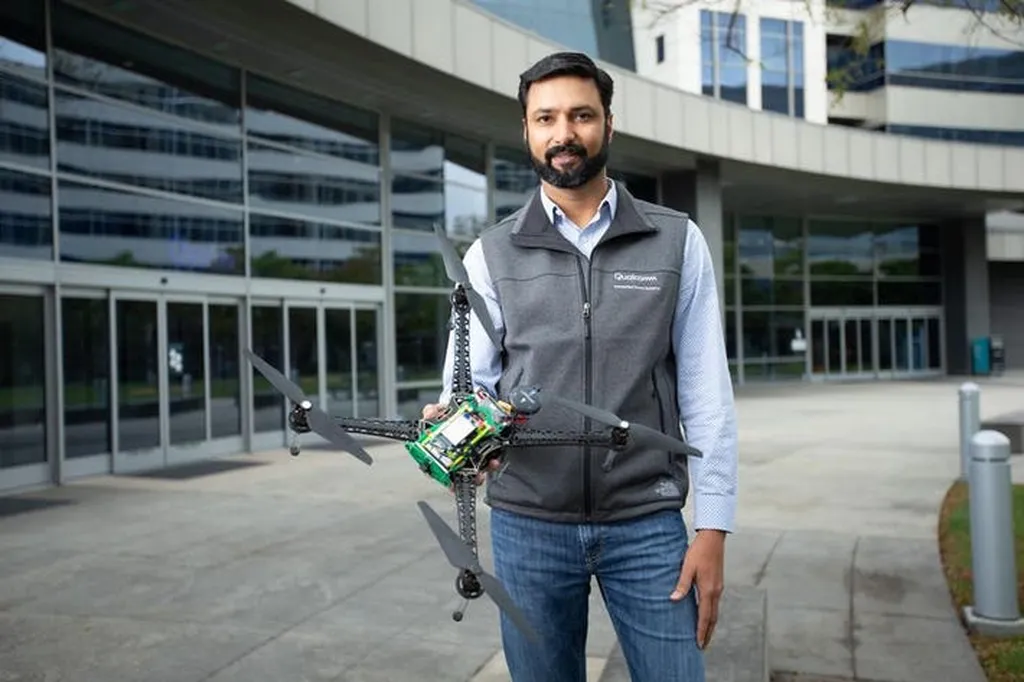In the heart of India’s agricultural revolution, a quiet transformation is taking flight—literally. Drones, those unassuming flying machines, are steadily becoming the new eyes in the sky for farmers, promising to reshape the way crops are monitored, managed, and harvested. A recent study published in the journal *Sensors* (translated to English as “传感器” in Chinese), led by Ranjit Singh of the Department of Human and Digital Interface at Woosong University in South Korea, delves into the promising yet challenging landscape of drone adoption in Indian agriculture.
The study, titled “A Review of Indian-Based Drones in the Agriculture Sector: Issues, Challenges, and Solutions,” paints a vivid picture of the current state of drone technology in Indian agriculture. Singh and his team examined the impact of drones on precision farming, crop monitoring, and pesticide application, highlighting both the benefits and the hurdles that come with this technological leap.
“Drones have emerged as transformative tools for enhancing precision agriculture, reducing costs, and improving sustainability,” Singh explains. The research underscores the potential of drones to significantly boost efficiency and productivity in Indian agriculture, a sector grappling with the pressing need to increase food production.
However, the path to widespread drone adoption is not without its obstacles. High costs, lack of training, and regulatory barriers are among the key challenges identified in the study. “While drone adoption enhances efficiency and sustainability, challenges such as high costs, lack of training, and regulatory barriers hinder widespread implementation,” Singh notes.
The study also sheds light on the growing market for agricultural drones in India, highlighting key industry players and projecting substantial market growth. Regional differences in adoption rates are noted, with some areas embracing the technology more readily than others. Notably, the research emphasizes the increasing social acceptance of drones among Indian farmers, a positive sign for the future.
To bridge the gap between potential and practice, the study proposes several policy and institutional recommendations. These include government-led financial incentives, training programs, and public-private partnerships to facilitate drone integration. “We need a concerted effort from both the public and private sectors to make drone technology accessible and beneficial for all farmers,” Singh asserts.
The research also explores technological advancements such as artificial intelligence (AI) and the Internet of Things (IoT) in agriculture, suggesting that these innovations could further enhance the capabilities of drones in the field.
As the agricultural sector continues to evolve, the findings of this study could shape future developments in drone technology and its applications. By addressing the current challenges and leveraging the potential of drones, Indian agriculture could witness a significant boost in productivity and sustainability.
In the words of Singh, “The future of agriculture lies in the skies, and drones are set to play a pivotal role in this transformation.” With the right policies, training, and technological advancements, the dream of a drone-powered agricultural revolution in India could soon become a reality.

